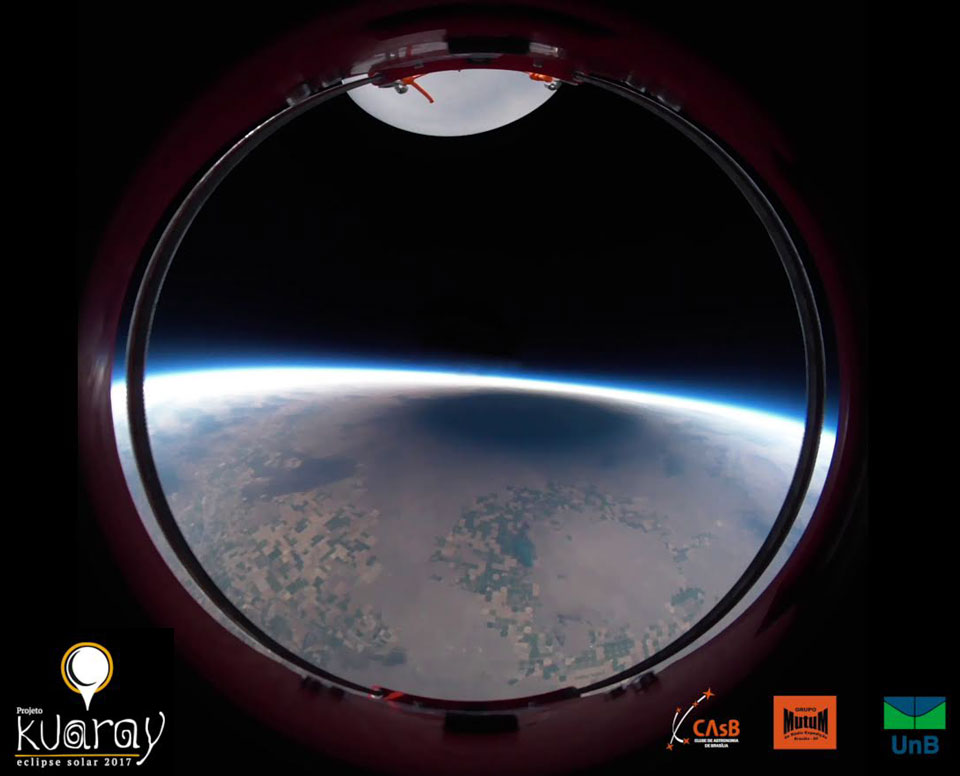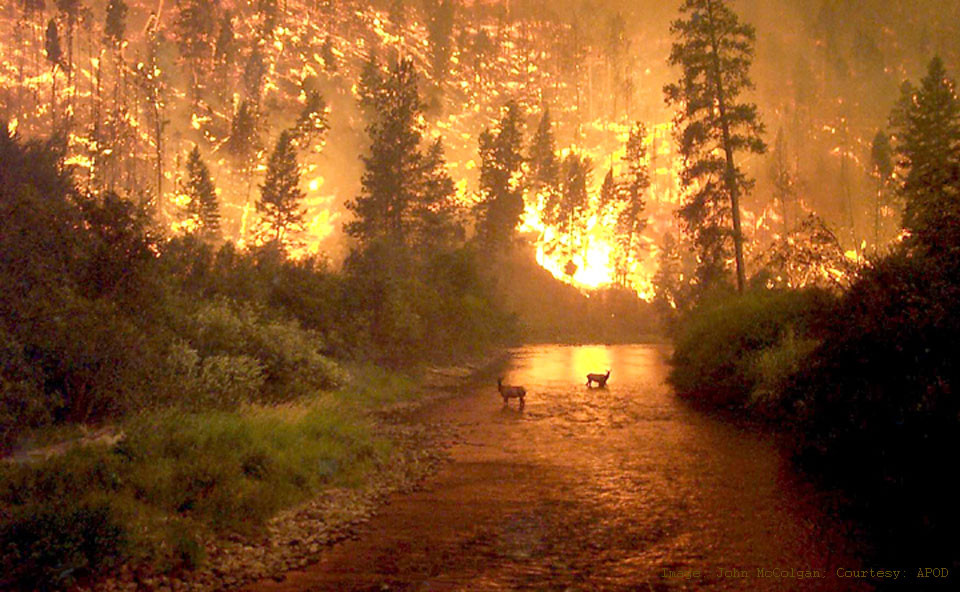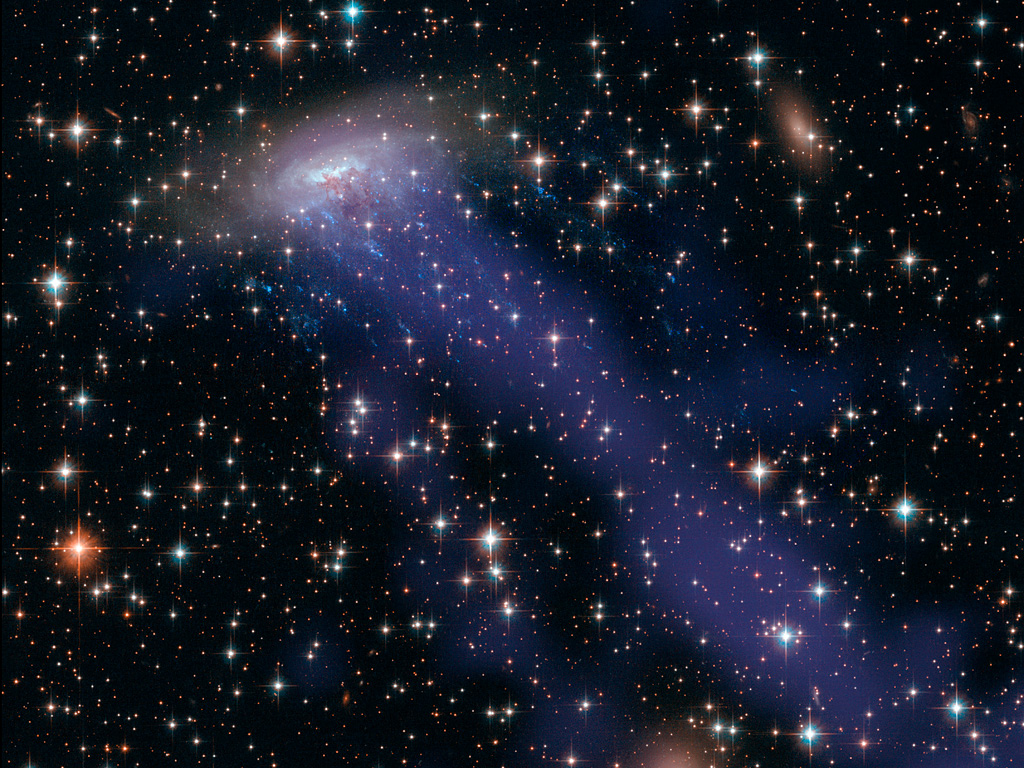NASA has awarded the Electrical Systems Engineering Services (ESES) III contract to Science Systems and Applications, Inc. (SSAI) of Greenbelt, Maryland.
from NASA https://ift.tt/2PQ0iJ0
via IFTTT![]()
NASA has awarded the Electrical Systems Engineering Services (ESES) III contract to Science Systems and Applications, Inc. (SSAI) of Greenbelt, Maryland.
from NASA https://ift.tt/2PQ0iJ0
via IFTTT![]()

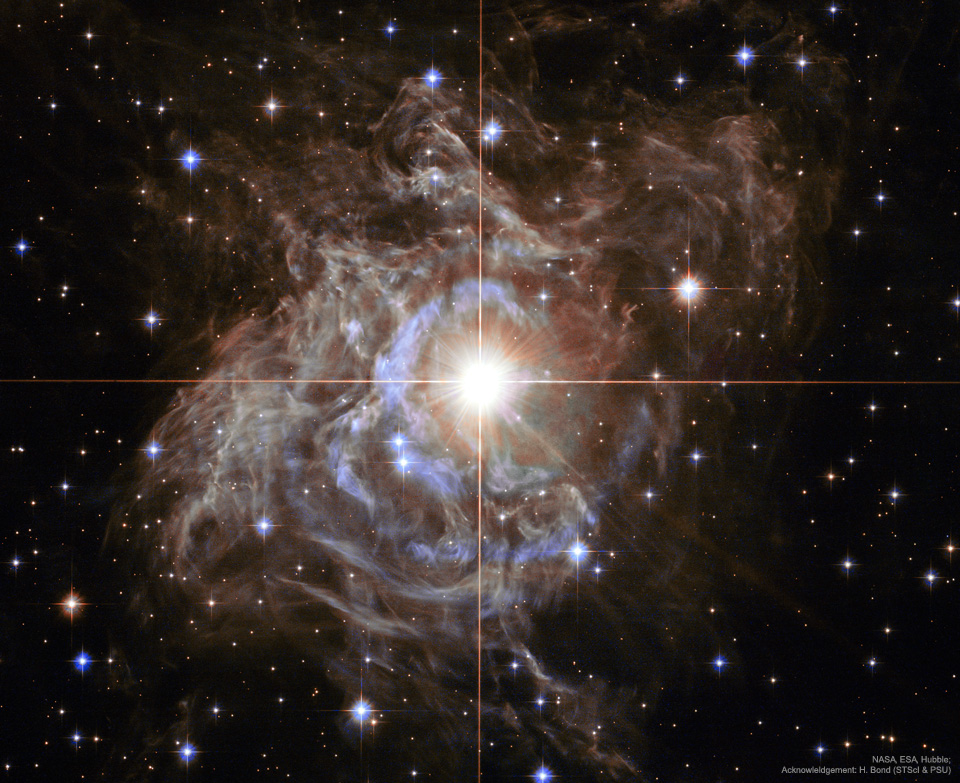
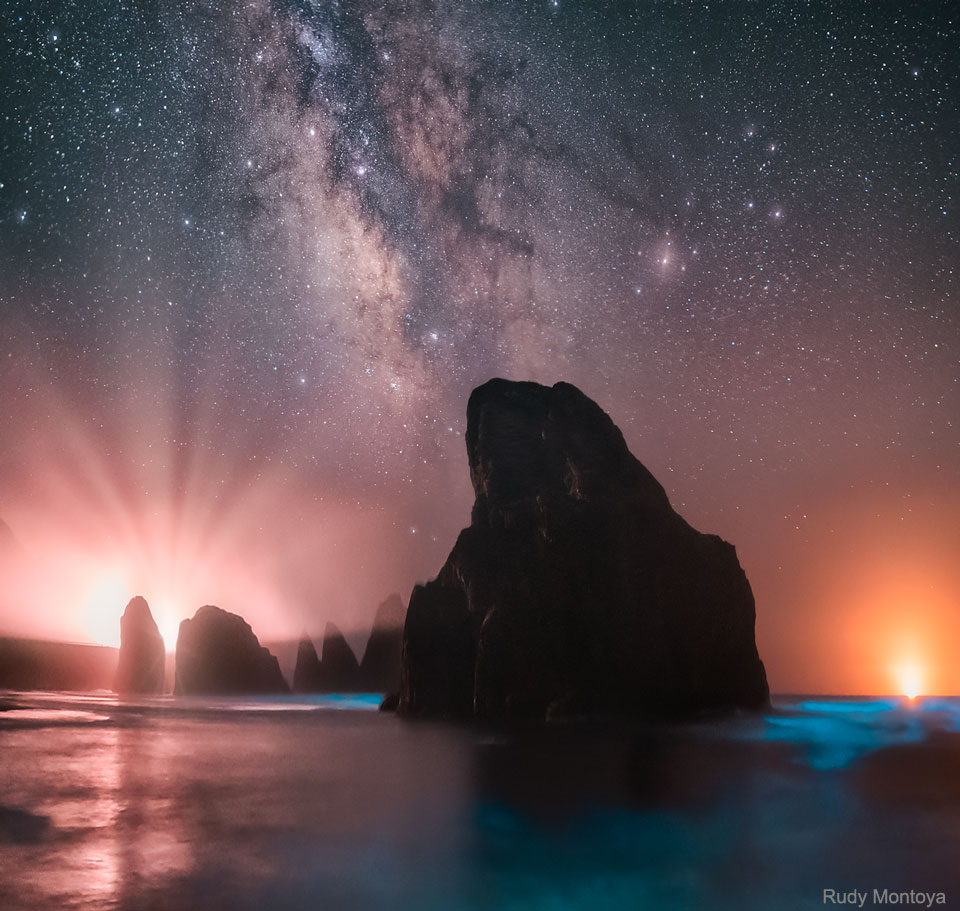
For the first time ever, measurements from NASA Earth-observing research satellites are being used to help combat a potential outbreak of life-threatening cholera. Humanitarian teams in Yemen are targeting areas identified by a NASA-supported project that precisely forecasts high-risk regions based on environmental conditions observed from space.
from NASA https://ift.tt/2BRsqs7
via IFTTT![]()
